
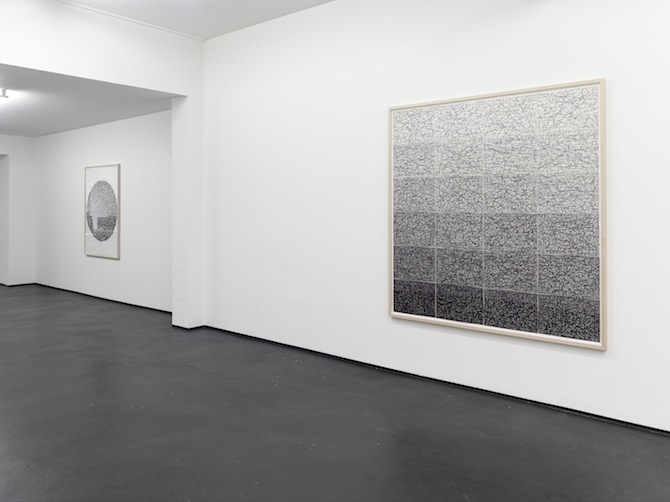
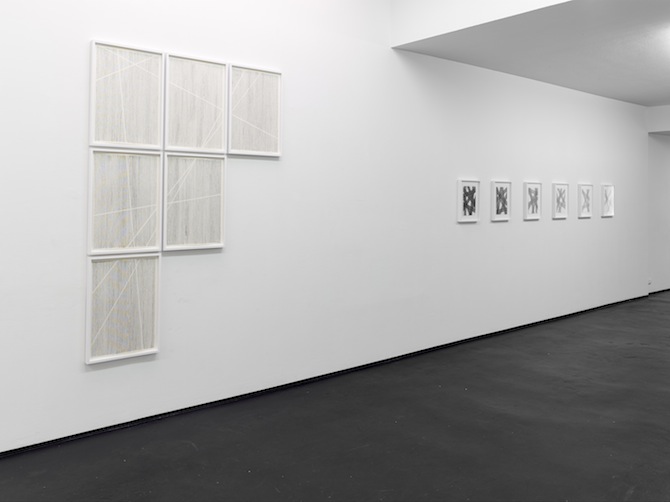
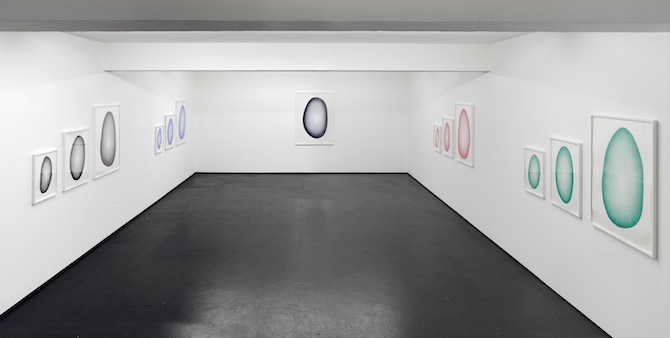 all images: Ignacio Uriarte "Writing, Drawing" at Figge von Rosen in Cologne, Couertsy Figge von Rosen, © Ignacio Uriarte
all images: Ignacio Uriarte "Writing, Drawing" at Figge von Rosen in Cologne, Couertsy Figge von Rosen, © Ignacio Uriarte
The works of Spanish-German artist Ignacio Uriarte are extremely labour-intensive: the process for his drawings and installations follows a precise routine, in which he develops delicate systems for each single piece. This routine of scribbling and drawing becomes a source, a clue for the next project. As most of the drawings are based on patterns that seem to follow a geometric logic, they appear neat on first sight. But Ignacio's art always comprises ambivalence – it reveals humor, curiosity, criticism, beauty. Using mostly tools from the ordinary office world and playing with the banality of production-constraints or of an 8-hour working day, Ignacio found a unique way to interlink his practice with his former career in business administration. In our interview, 1972-born Ignacio talks about how this transition came about, about his current show at Figge von Rosen in Cologne and about his upcoming sound-installation at Berlinische Galerie.
Anna-Lena Werner: Ignacio, your previous career, before you started to work as a full-time artist, was in business administration. How did that transition happen?
Ignacio Uriarte: It was a long and painful transition. Not only did I study business administration but I also worked for several years in the corporate world. Between jobs, I studied audiovisual arts and slowly grew the conviction that I wanted to become an artist. After studying some of my art heroes like Richard Artschwager, Roman Signer or Paul McCarthy, I came to the conclusion that to make good art, one has to be honest and the easiest way to be honest is to deal with the things you know best, the things you have experienced and suffered from yourself. In my case it was the repetitive work within the confinements of an office environment, the weight of hierarchies and strict rules, the sensation of boredom and a particular kind of existential meditation inherent to an 8 hour work-routine.
Anna-Lena: Do you think of your former times in the office with nostalgia or rather with disaffection?
Ignacio: I quit my last administrative job in November 2003, so it feels like a distant memory now, but the fact that I still work in an office-like studio and that I use the same tools and methods then in my office jobs, throws me back into the past on a daily basis. One example: I make most of my screenplays for video-animations or scripts for audio pieces or sketches for drawings and wall-installations in Microsoft Excel. So, my work feels a bit like it used to be, with one major distinction: It is non-productive in a conventional sense.
Lately the office element has gained another, more nostalgic layer of meaning since it is slowly disappearing physically and only surviving in the form of "mnemonic" devices, e.g. the desktop, folders or trash bin in our computers. I seem to be more and more drawn to these physical ghosts - these tools that are already obsolete, but are still part of our way of thinking and working.
Anna-Lena: Since you still incorporate office-material in your art, such as rulers, ballpoint pens, file-folders or typewriters, how does your former work influence your practice and do you also investigate new sources?
Ignacio: Office materials are my toolbox, but in most cases not my source of inspiration. Often I find ideas in a reflection about universal phenomena of work life, like the periodicity of time or the Sisyphus myth, but even more often I find inspiration in the making of a previous work, for example: If I scribble for several months, I might learn something about my natural wrist movement that I might incorporate into the next serious of works.
Anna-Lena: Your current work consists of (sound-) installations and videos, but specifically of paper works. Is there a reason why you are so fond of this solid materiality?
Ignacio: I believe that most people use paper in a different way then I do, and therefore I believe I need to continue doing what I do. What I do has to do more with the tradition of painting and sculpture then with the tradition of drawing. It is more abstract, severe and systematic then most drawing - almost existential - so I feel I need to do it. Also drawing is a very satisfactory, very direct medium. The process might be slow, but it's steady and you see the difference from one hour to the next. With other media you spent often way more time planning and dealing with money issues then making the actual piece.
Anna-Lena: How many hours do you work per day?
Ignacio: Around 11 hours per day, about six days a week, but I am planning to slow down a bit.
Anna-Lena: You work is currently on display in the solo show "Writing Drawings" at Galerie Figge von Rosen in Cologne. An outstanding piece is "Half circles without ink": two framed monochrome papers, each revealing the undulated shape of a half circle that seems to have been pressed into the paper with an empty pen. What does this work mean to you and how did it come about?
Ignacio: When a pen dries out, we often try to continue to make it write, applying an extra amount of pressure which leaves some noticeable marks on the paper. Usually, if ink does not appear after considerable scribbling, we discard the pen. In these monochromes, the scribbling is continued steadily, filling up two semi-circular shapes with deep marks, that wear out the paper, giving it a wavy feel. On one side of the diptych we see the positive (scribbled in paper) and on the other side of we see the negative (turned around paper with pushed out surface).
To me, this work tries to collect time and effort. Writing with an empty pen of course might be considered a useless task with invisible results. In this case though, the extreme persistence and repetition makes the surfaces become visible. I like how this piece is exactly in between a drawing and a sculpture and how it is almost immaterial, despite the effort.
Anna-Lena: Up from the first weekend of May, during Gallery Weekend in Berlin, you will open a show at Berlinische Galerie, including a sound work of yours. What is this piece about?
Ignacio: Actually there will be only one 8-hour sound piece that will be installed for a one-year period. When entering the museum, you will hear the monotonous voice of actor Christian Intorp as he steadily counts away eight hours. Syllables form the units of measurement, with one second allotted to each syllable. So, in the course of eight hours the speaker reaches the number 3599. This is not only a reference to the span of time accounted for by a typical working day and the museum’s own daily opening hours. It also reflects the connection between time as an abstract category and language as a way of structuring and defining it.
IGNACIO URIARTE
"WRITING, DRAWING"
12. April - 7.June 2014
Figge von Rosen Galerie, Cologne
Aachener Straße 65
50674 Cologne
Opening Hours: Tue - Fri 11h - 18h, Sat 12 - 17h
------
"COUNTING (FOR) EIGHT HOURS"
04.05-30.06.2014
Berlinische Galerie
Alte Jakobstraße 124–128
10969 Berlin
Opening Hours: Wed–Mon, 10h–18h, closed on Tuesday
IGNACIO URIARTE
"WRITING, DRAWING"
12. April - 7.June 2014
Figge von Rosen Galerie, Cologne
Aachener Straße 65
50674 Cologne
Opening Hours: Tue - Fri 11h - 18h, Sat 12 - 17h
------
"COUNTING (FOR) EIGHT HOURS"
04.05-30.06.2014
Berlinische Galerie
Alte Jakobstraße 124–128
10969 Berlin
Opening Hours: Wed–Mon, 10h–18h, closed on Tuesday
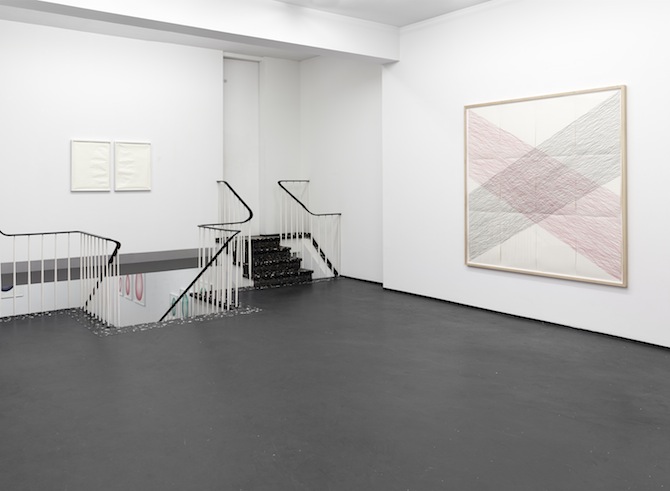

 all images: Ignacio Uriarte "Writing, Drawing" at Figge von Rosen in Cologne, Couertsy Figge von Rosen, © Ignacio Uriarte
all images: Ignacio Uriarte "Writing, Drawing" at Figge von Rosen in Cologne, Couertsy Figge von Rosen, © Ignacio Uriarte

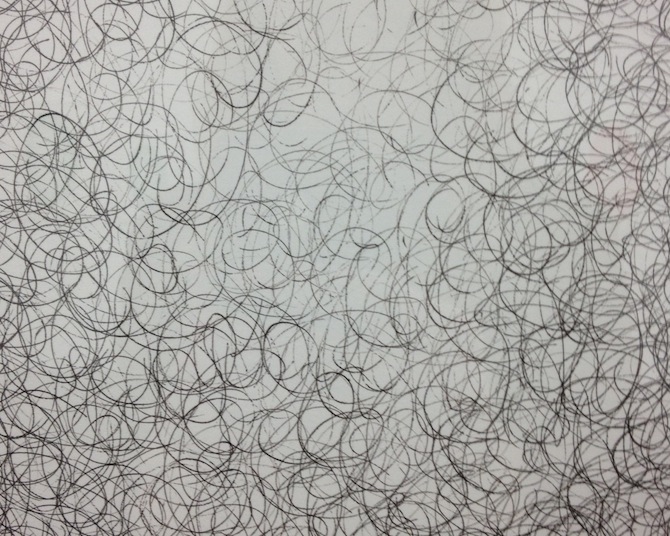
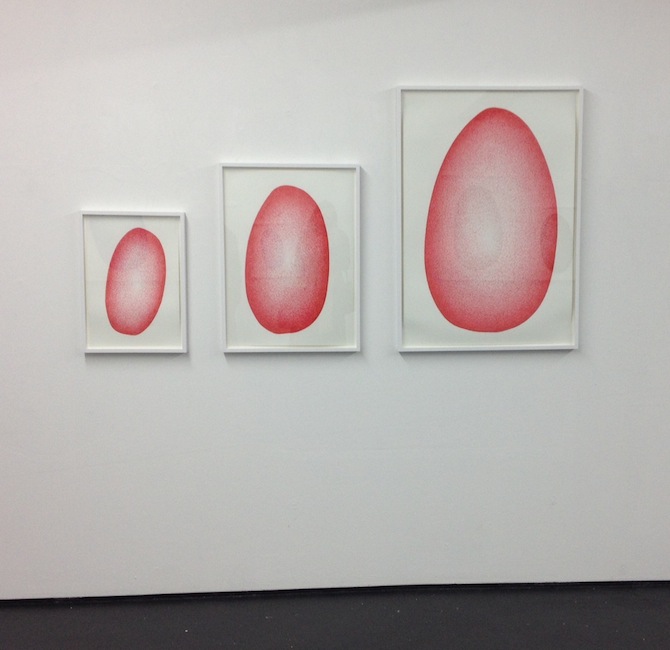 Three images above: Ignacio Uriarte "Writing, Drawing" at Figge von Rosen in Cologne, Couertsy Figge von Rosen, © Ignacio Uriarte / photos by artfridge
Three images above: Ignacio Uriarte "Writing, Drawing" at Figge von Rosen in Cologne, Couertsy Figge von Rosen, © Ignacio Uriarte / photos by artfridge